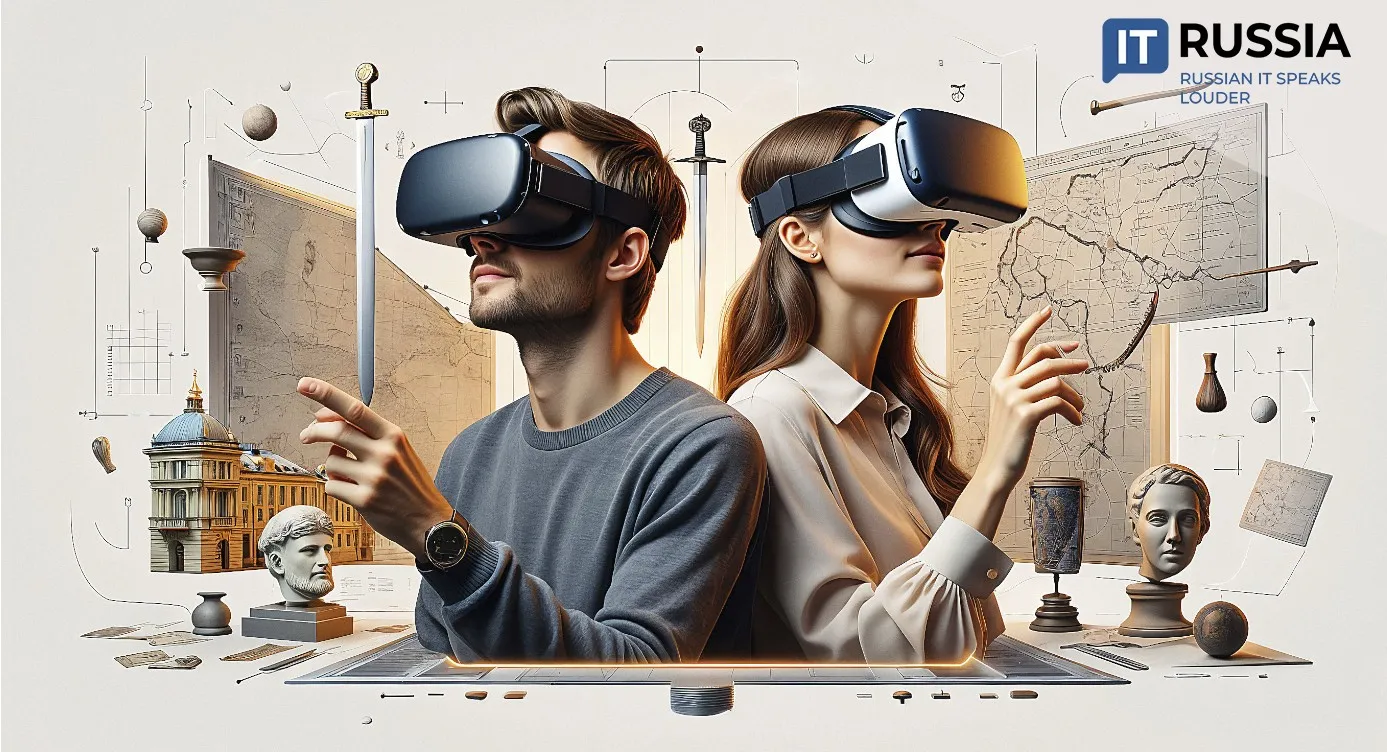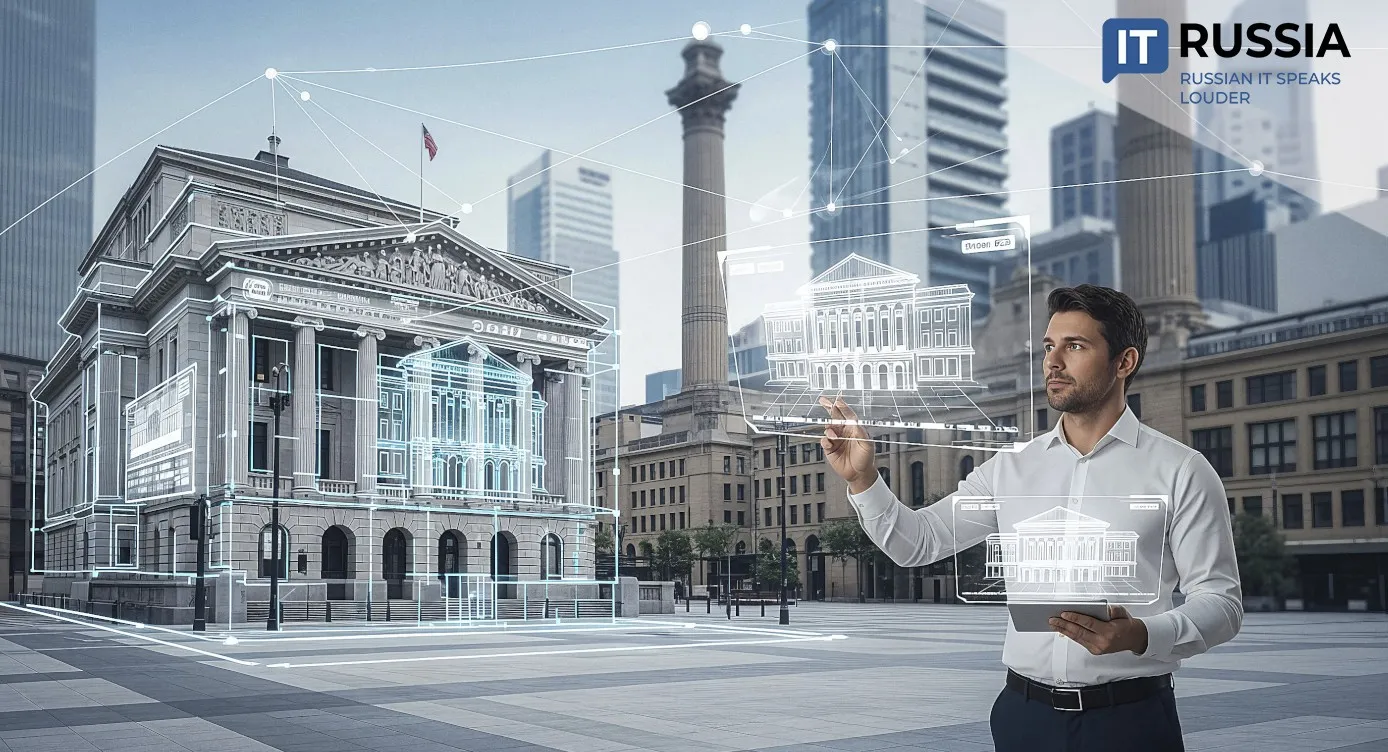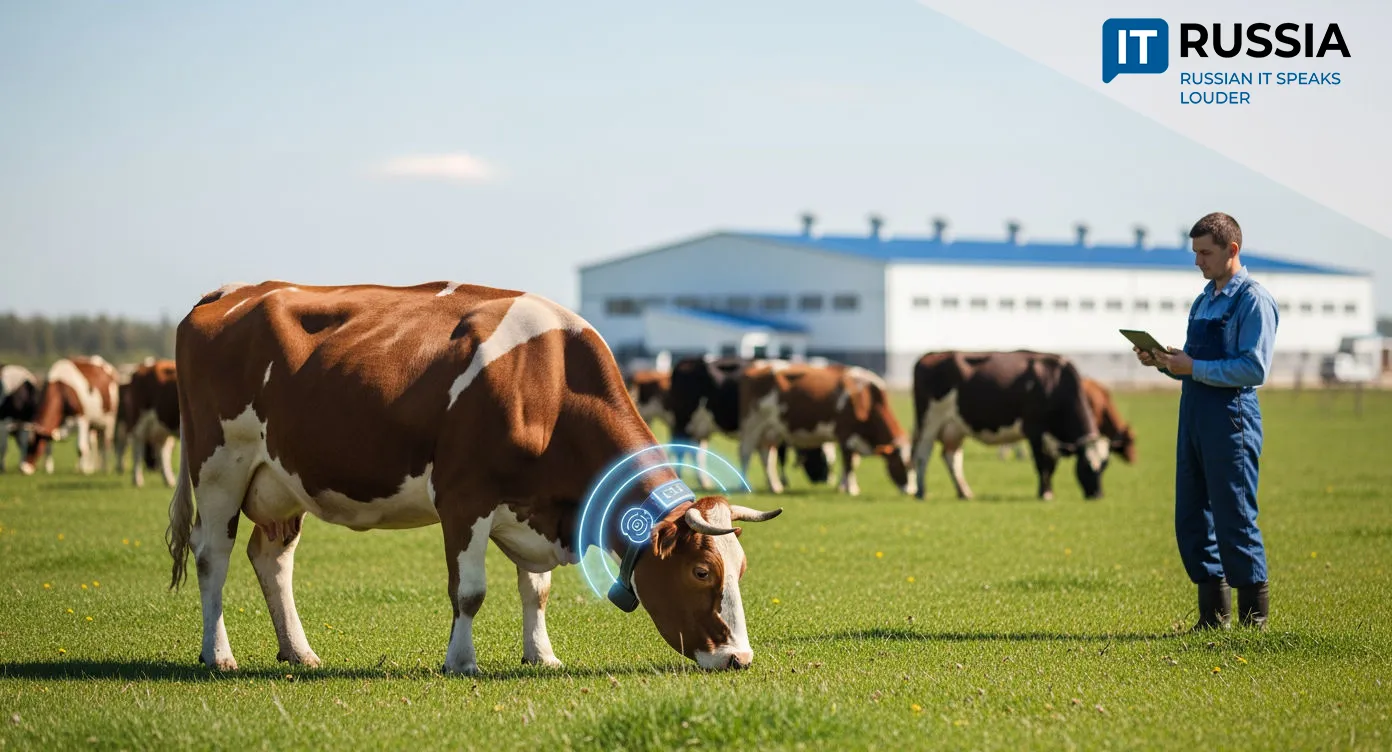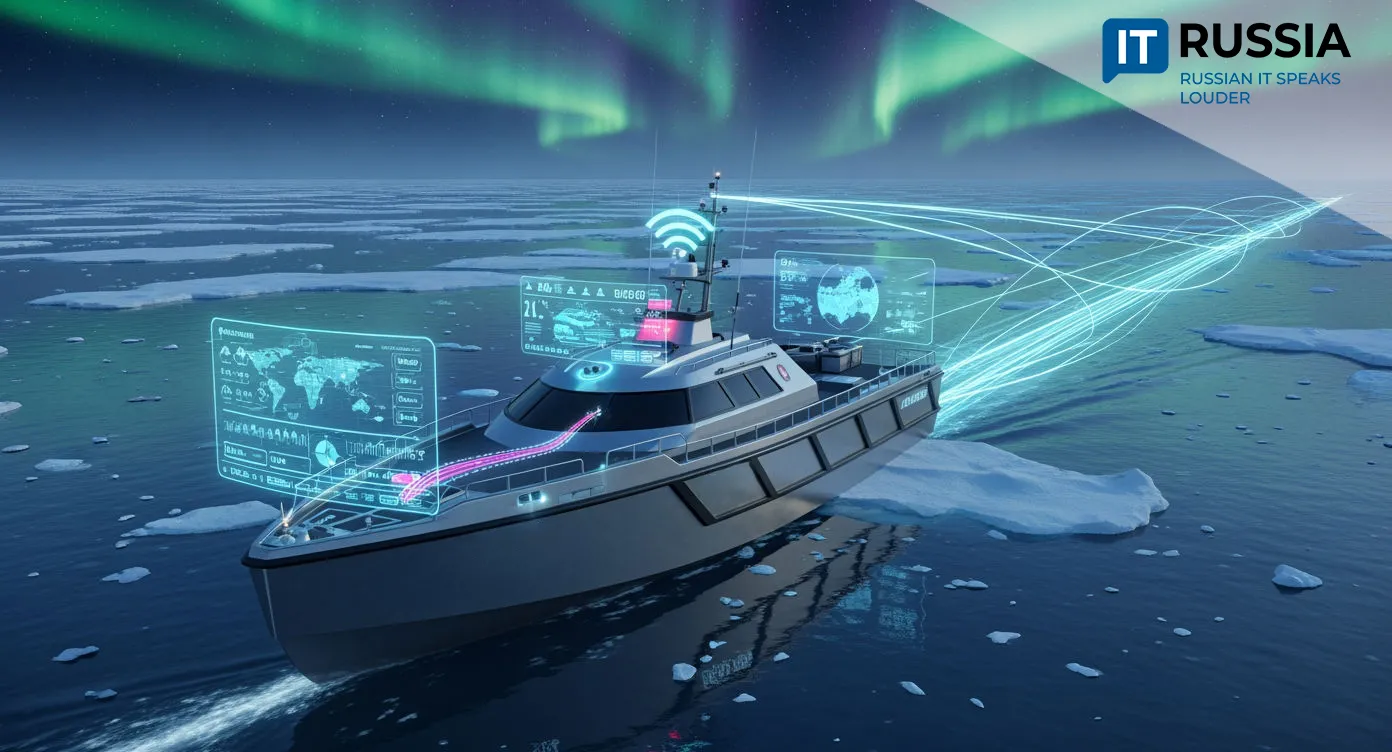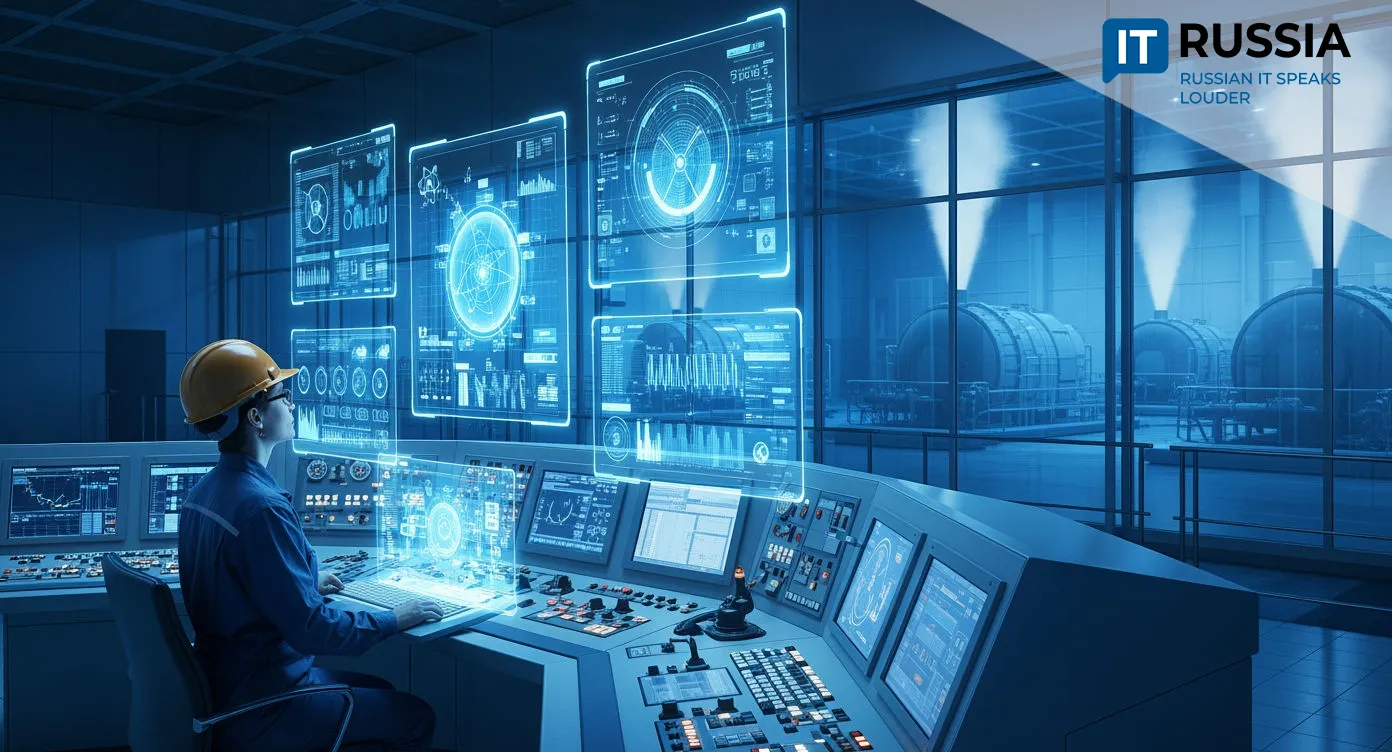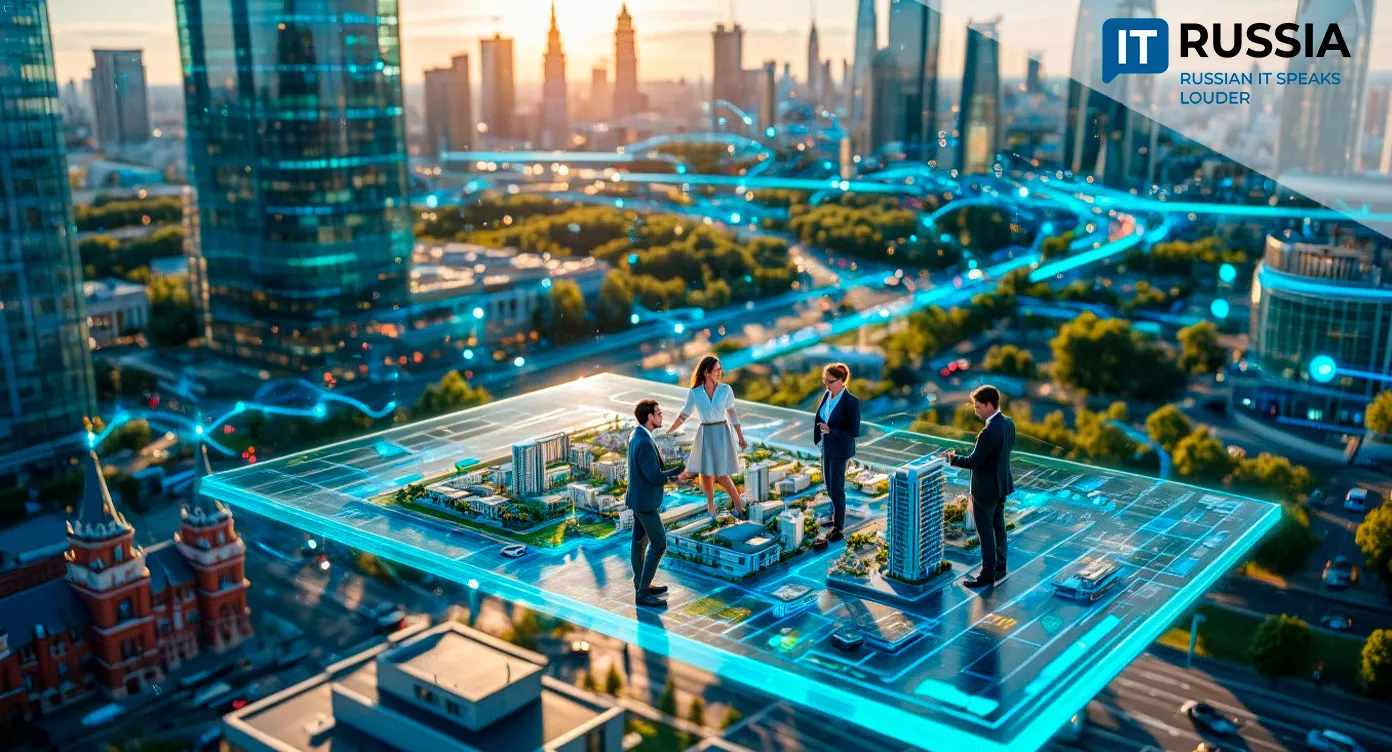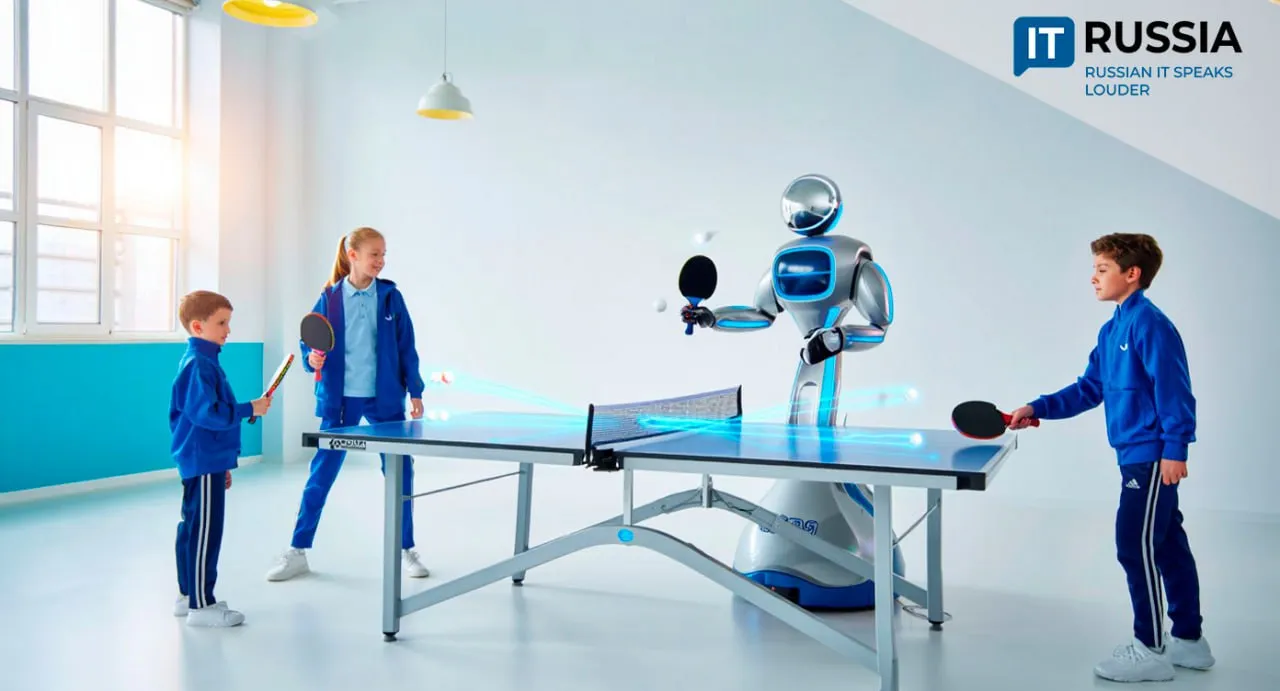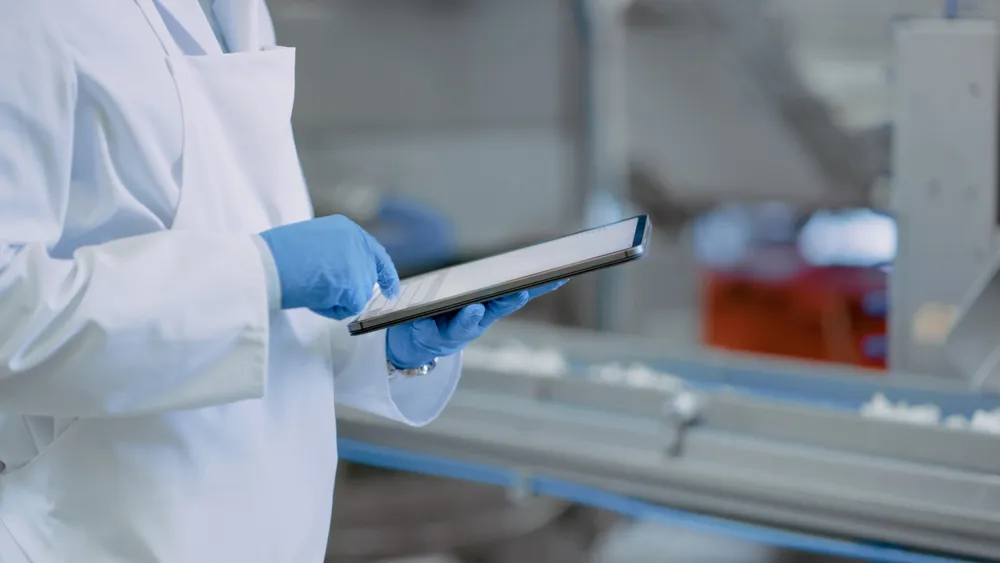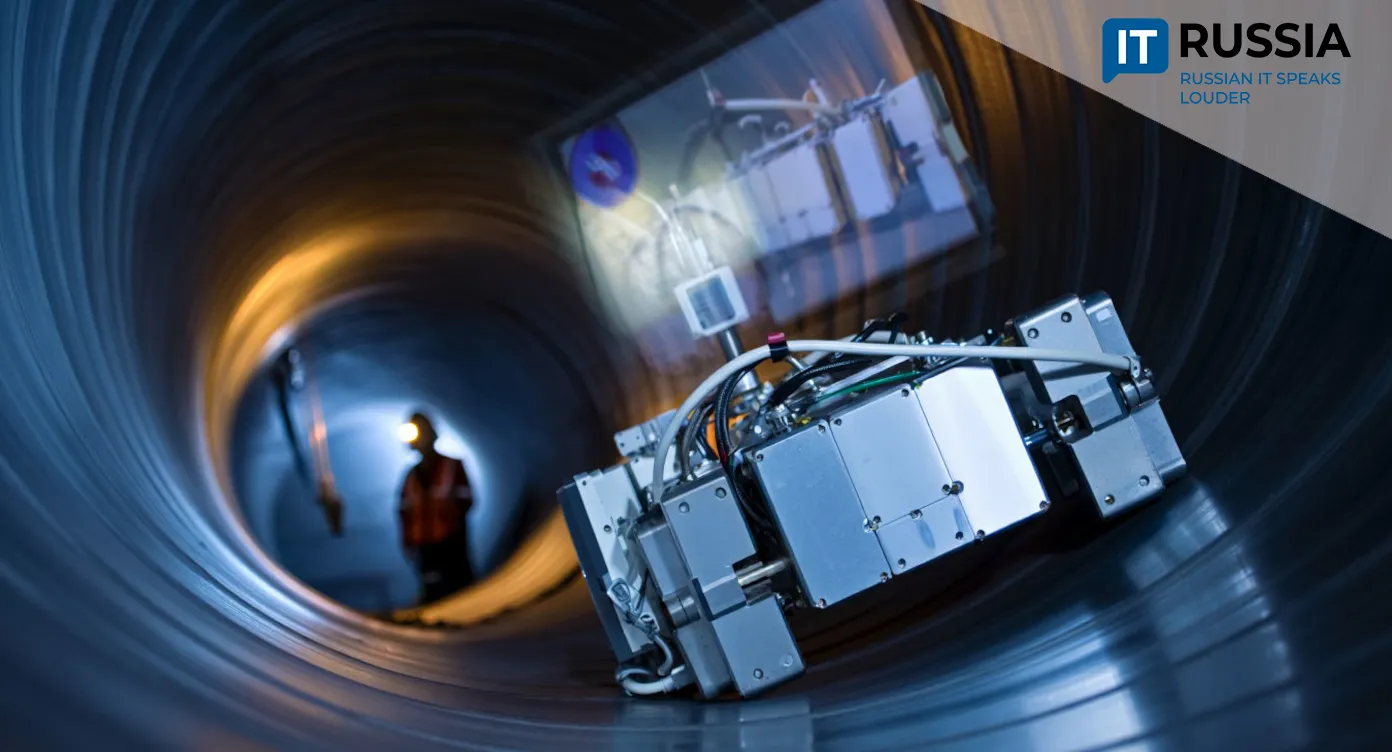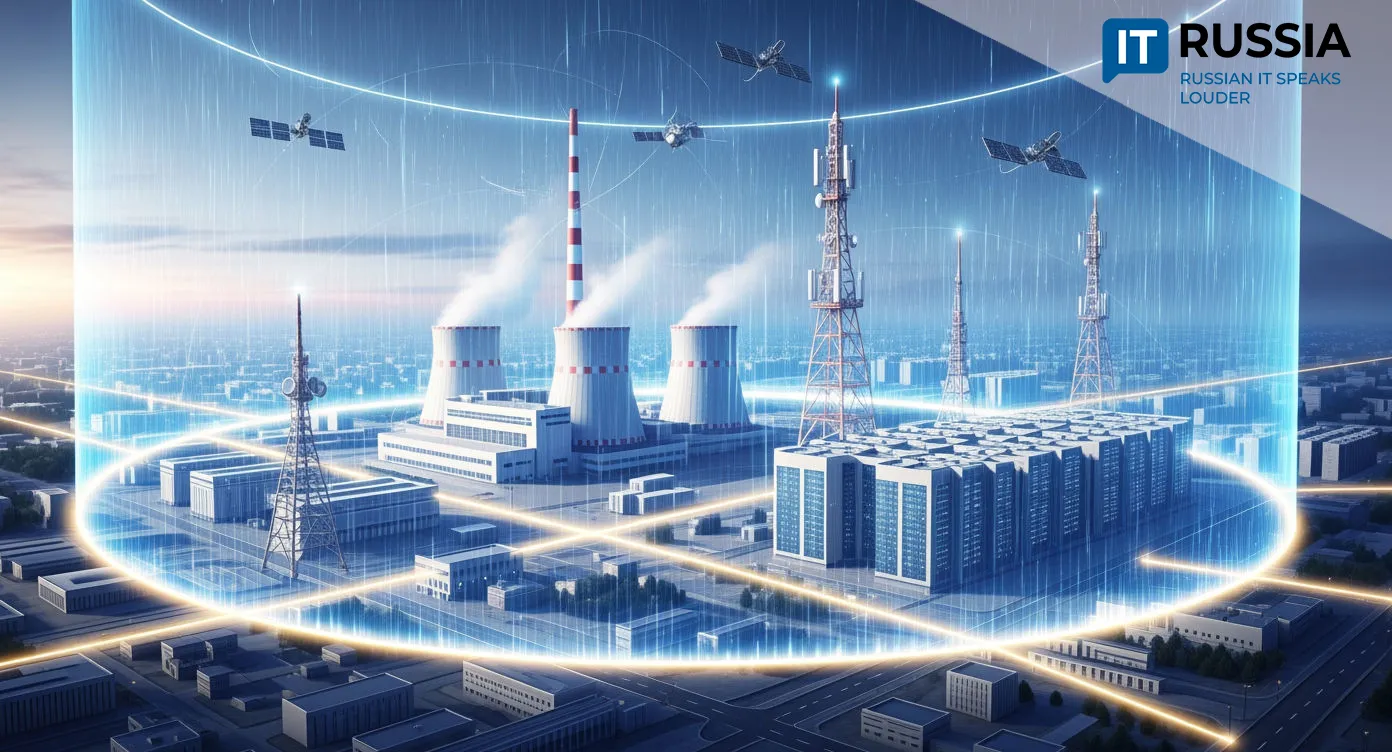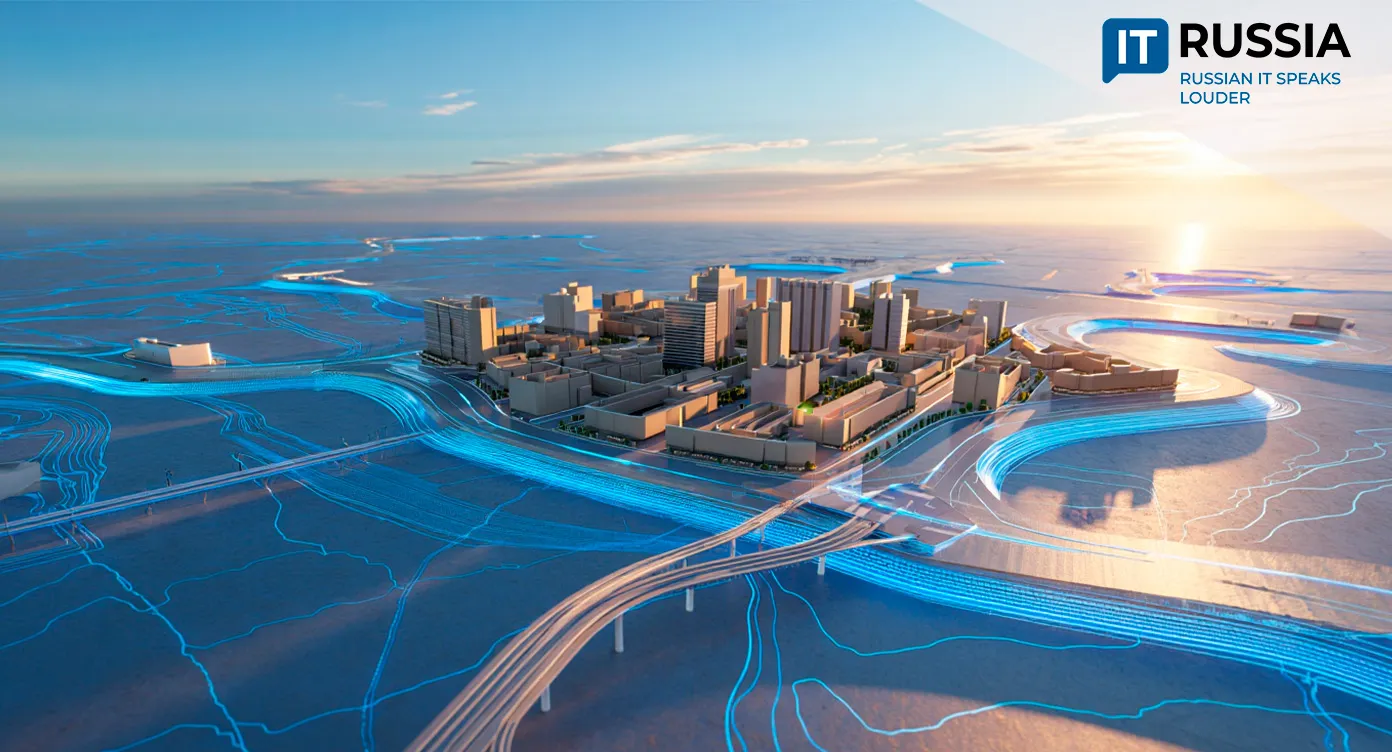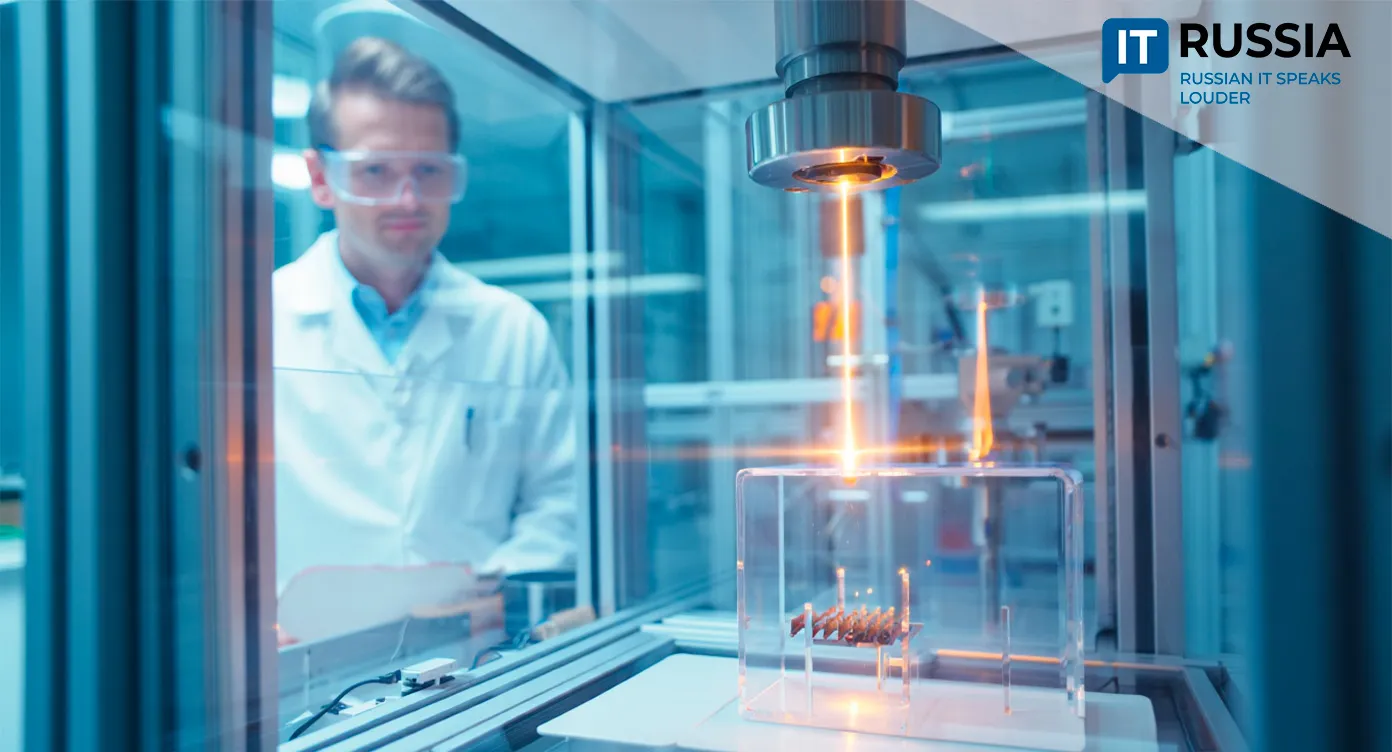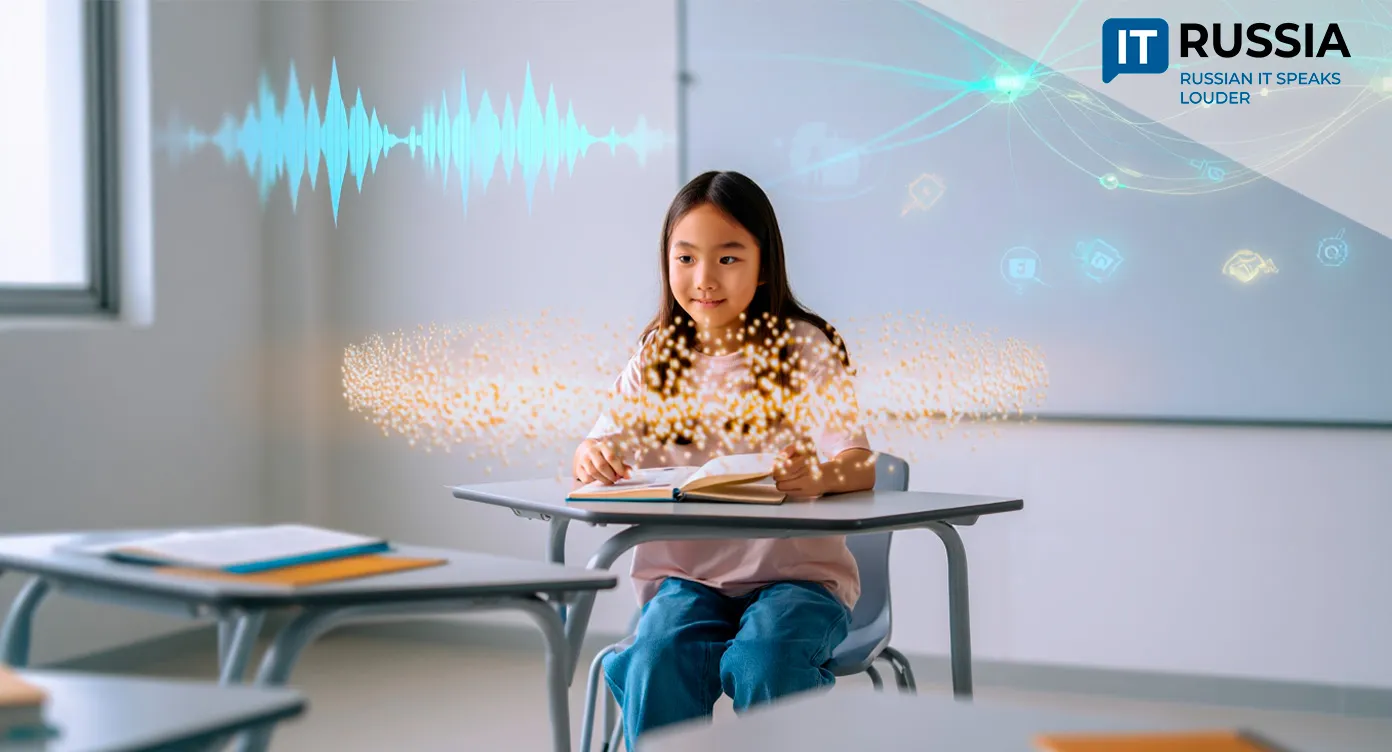AI Designs the Materials of the Future: How Perm Is Changing the Rules of Scientific Innovation
Russia is rethinking how new materials are created — replacing years of lab experiments with rapid, AI-driven micro-architectures that could reshape aerospace, energy, and medical engineering.
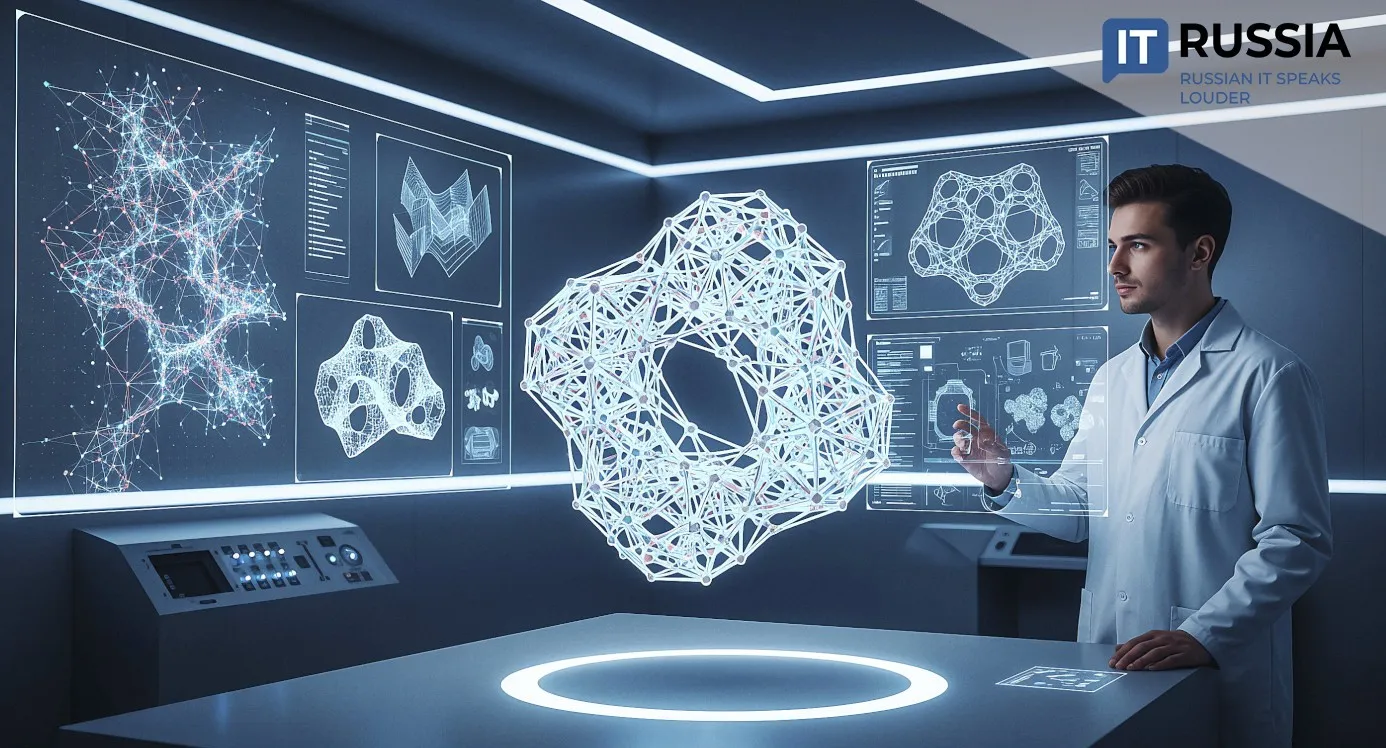
A New Era: When Algorithms Become Engineers
Imagine a workflow where scientists no longer run hundreds of metal tests or search manually for the right balance of strength, weight, and durability. Instead, they type in parameters — “20% stronger, weight similar to aluminum, longevity close to titanium” — and an AI model generates a precise 3D micro-architecture with pores, channels, and joints tailored for optimal performance.
That scenario is no longer speculative. It is already functioning inside the Perm National Research Polytechnic University (PNRPU), where researchers built a neural network capable of reconstructing and optimizing 3D porous microstructures using only 2D input images.
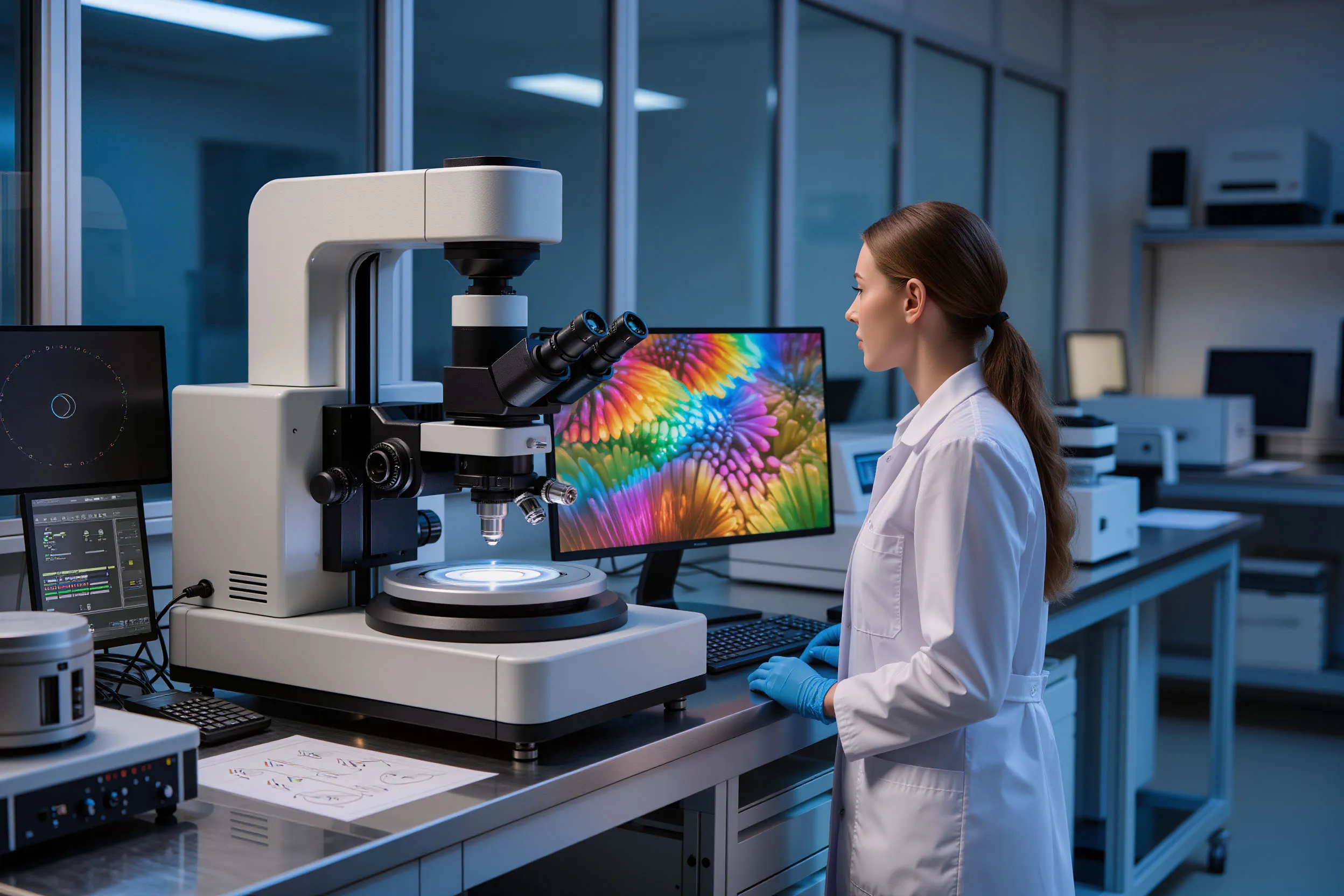
The results are striking: a 15–20% increase in material stiffness with no weight gain. This is not just an incremental improvement — it’s a fundamental shift in materials science, happening inside a Russian university that has quietly developed one of the world’s most advanced approaches to AI-driven materials engineering.
From Lab Experiments to a Digital Factory
Traditionally, creating a new material required years of experiments, costly prototypes, and a high likelihood that foreign analogues would ultimately prove superior. PNRPU’s work effectively collapses this entire pipeline into a computational process.
Their system uses AI to analyze relationships between microstructure geometry and mechanical behavior. The model then generates optimized lattice-like architectures — a methodology known globally as “materials by design.”
For Russia, this matters for three strategic reasons:
- Reduced dependency on imports. Even when domestic production is limited, digital twins of new materials can be generated and distributed globally.
- Accelerated innovation. Development cycles shrink from 5–7 years to roughly 6–12 months.
- Export-ready digital platforms. Instead of exporting metals, Russia can export algorithms — a far more scalable and profitable product.
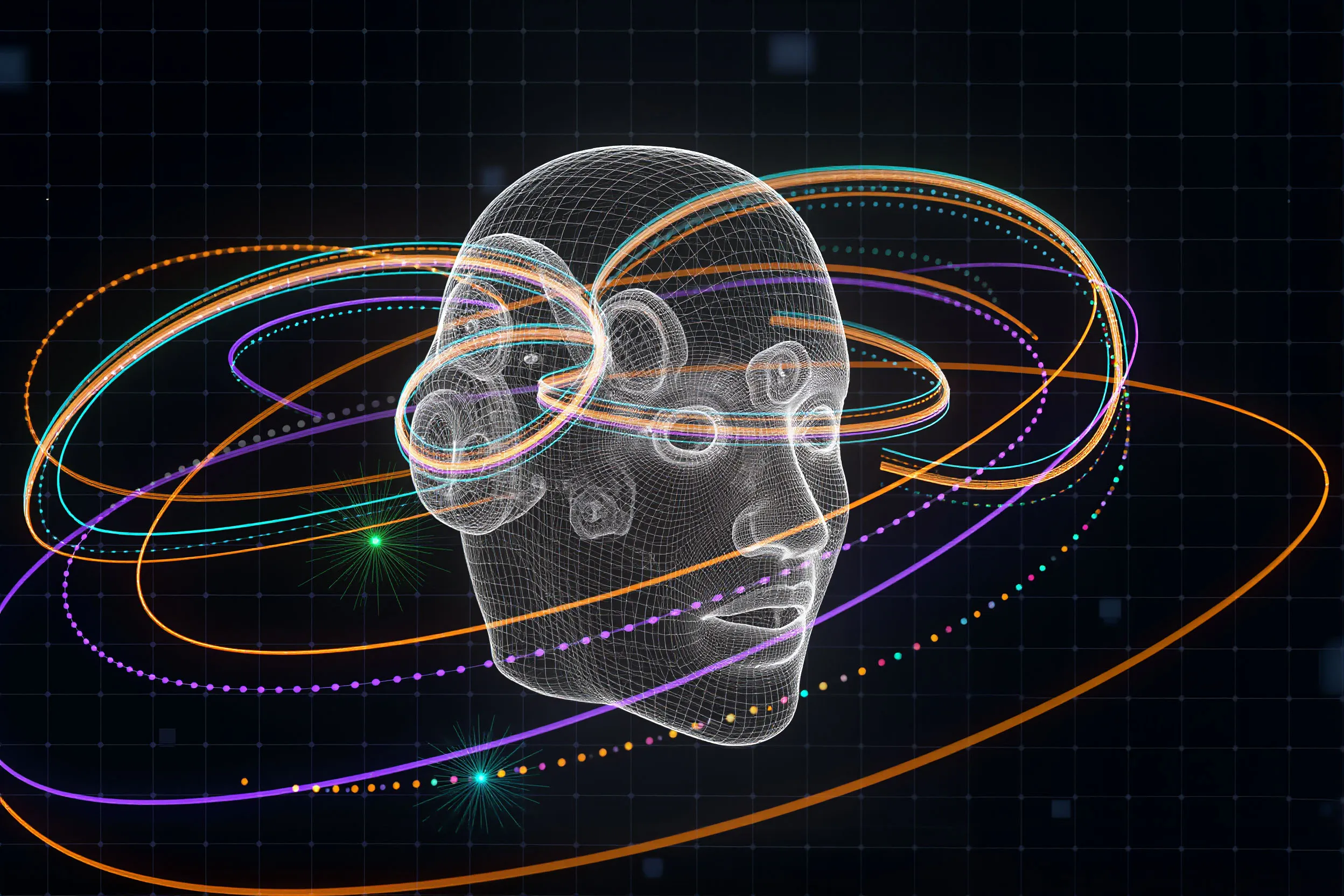
Three Steps Toward an Industrial Transformation
PNRPU’s system is only the first step. A national transition toward AI-engineered materials will require progress in three domains:
1. Data infrastructure. Neural networks need massive datasets showing how pore shape, print temperature, or crystal orientation affect stiffness. Russia is already accumulating these datasets at scale.
2. Integration with manufacturing tools. The algorithms must seamlessly connect with CAD environments, digital twins, and industrial 3D printers. PNRPU is already collaborating with manufacturers to close this loop.
3. Human capital. The future of materials science belongs to hybrid experts: researchers who simultaneously understand machine learning, microstructure physics, and additive manufacturing. The first generation of such specialists must be trained now.
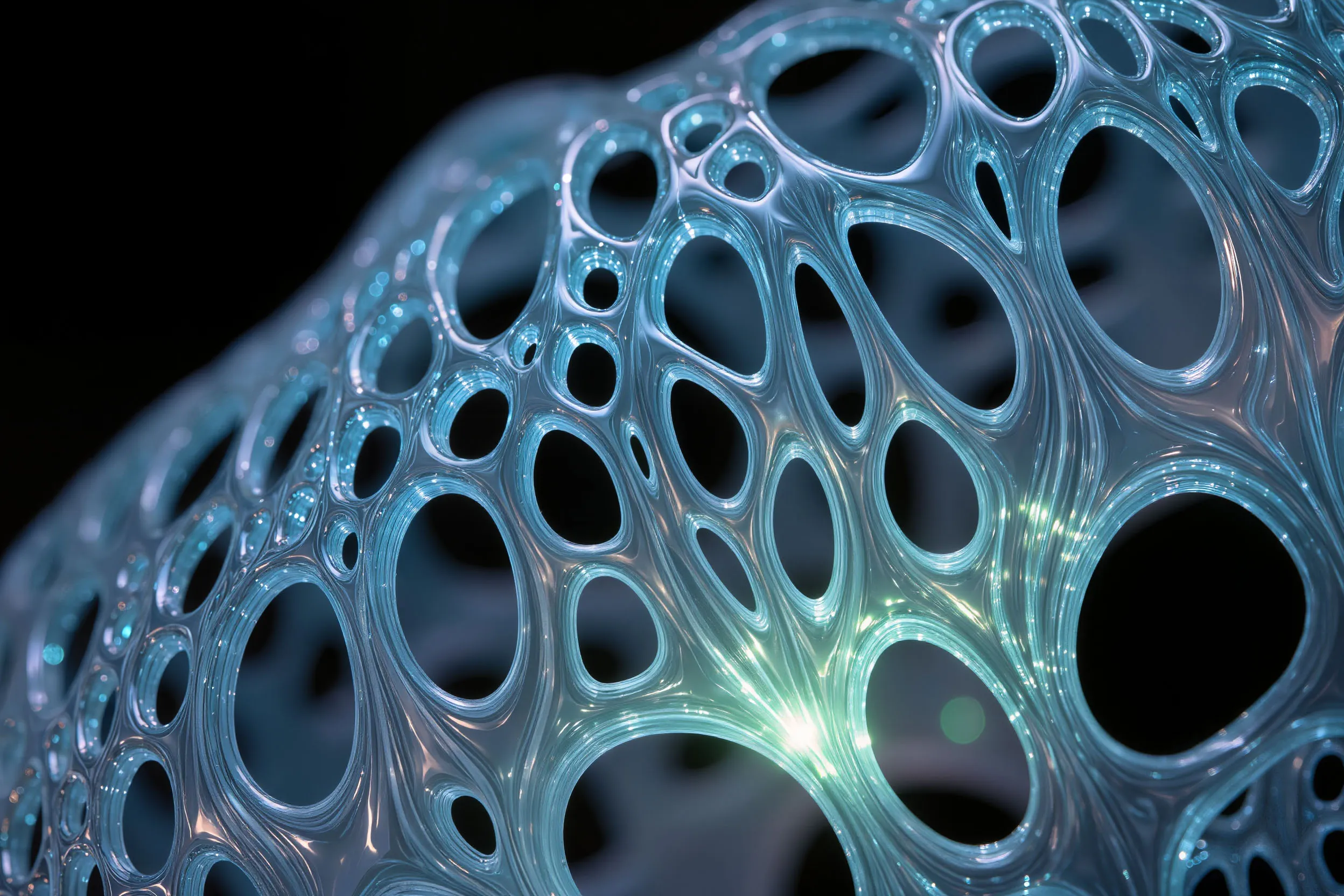
A Global Trend — and an Opportunity for Russia
Worldwide, AI in materials science is booming. U.S. and European scientists are deploying physics-informed neural networks that merge machine learning with classical mechanics. Instead of competing head-on, Russia is focusing on high-impact niches: lightweight aerospace structures, advanced energy components, and biocompatible medical frameworks.
This is where the country can become not a manufacturer, but a provider of knowledge. Picture an engineer in Brazil or China logging into a cloud platform, entering specifications for a satellite component, and receiving a ready-to-print microstructure generated by PNRPU’s algorithms.
This is more than a concept — it’s a viable business model: Material-AI as a Service.
A Strategy, Not Science Fiction
What happens next?
- In 1–2 years: first prototypes — aerospace parts, sensor cases, lightweight medical structures.
- In 3–5 years: deployment in transportation, energy, and construction.
- In 5–7 years: emergence of “smart infrastructures,” where every structural element is digitally engineered for its unique load and climate.
This transition marks a deeper shift: Russia moves from a consumer of advanced materials to a designer of next-generation material architectures.
Science as a Strategic Asset
The PNRPU initiative is more than a research success; it signals the emergence of a new scientific-industrial ecosystem. Instead of waiting for breakthroughs from abroad, Russian engineers are creating the tools to design matter itself.
This is not about import substitution — it is about exporting expertise, algorithms, and engineering models. If scaled properly, Russia can position itself as an architect of the global materials future.





